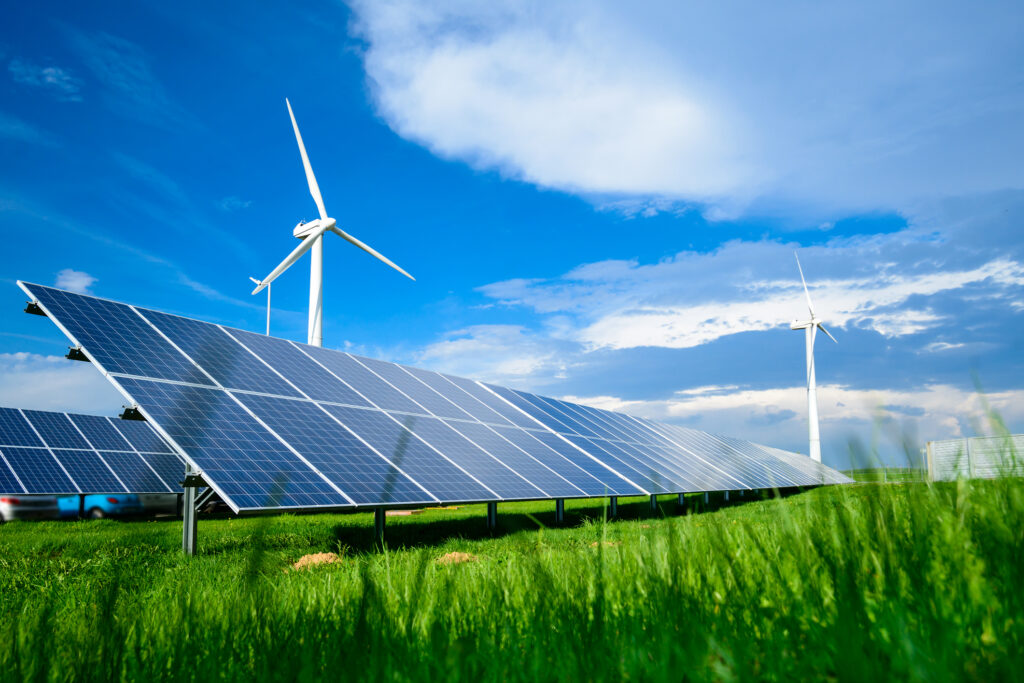(Oil Price)– The latest edition of the annual UN climate summit ended with little fanfare on Friday, marking a decade since the famous Paris Climate Agreement of 2015. Dubbed COP30, the summit held in Brazil followed the usual pattern of the experts warning of how far off track the world is from meeting its climate goals, but failed to discuss a shift away from fossil fuels for the second year running. However, here’s a little ‘trivia’ the experts rarely talk about: the world has by far exceeded the most ambitious climate forecasts from just a decade ago, with renewable energy and electric vehicle adoption growing much faster than expected.

To wit, 553 gigawatts of solar power–enough to power 100 million U.S. homes–was installed across the globe last year, 15 times more than the International Energy Agency (IEA) projected in 2015. The world’s total installed solar capacity is now four times what the IEA projected 10 years ago. Meanwhile, more than 20% of new vehicles sold worldwide today are EVs, a dramatic increase from less than 1% in 2015. The world is now on track to hit 100 million EVs in 2028, even if growth flatlines from here.
But here’s the kicker: the planet is on course to record a 2.6 degrees increase in global temperatures by 2100, avoiding the catastrophic 4 degrees projected just a decade ago.
So, why did the navel gazers get it so wrong this time around? A big part of it is that modelers grossly underestimated the scale of clean energy manufacturing in China which has helped drive down renewable energy costs. China’s immense scale of clean energy manufacturing has fundamentally driven down global costs of renewable technologies through economies of scale and innovation, making clean energy the most affordable option in most markets worldwide.

